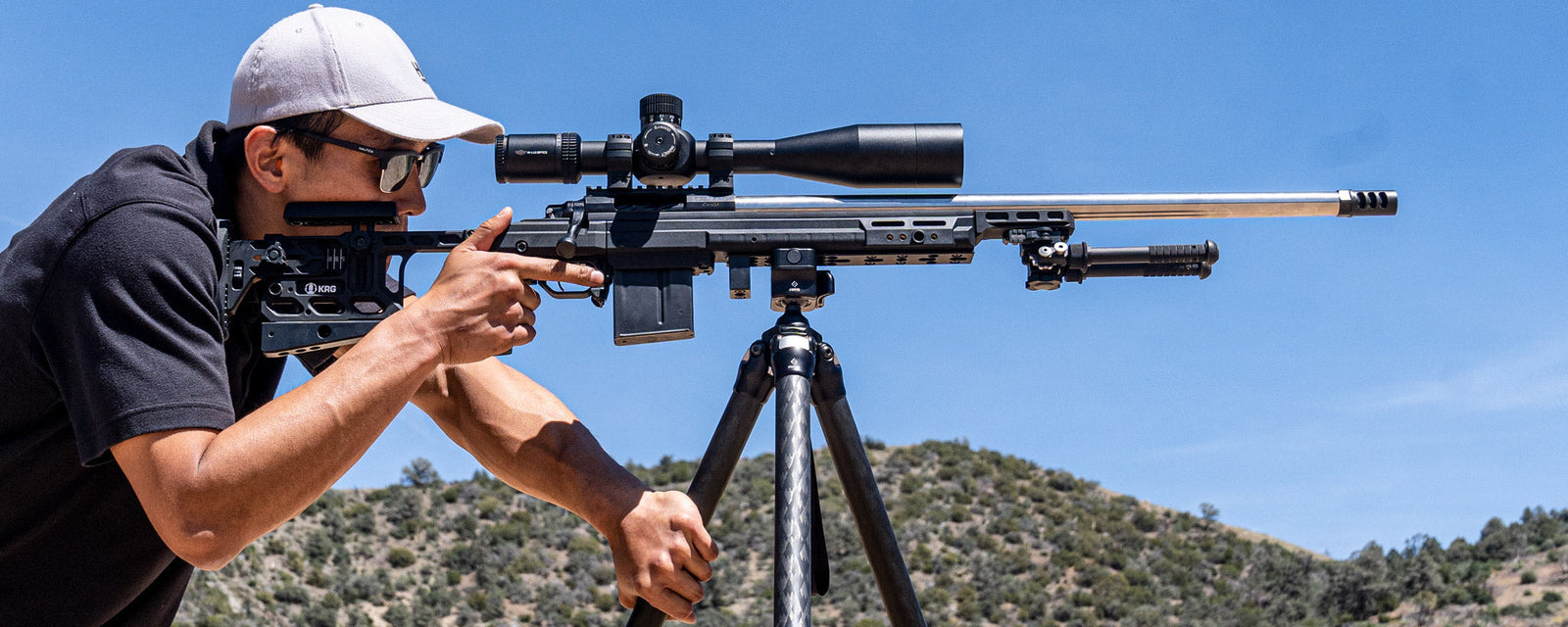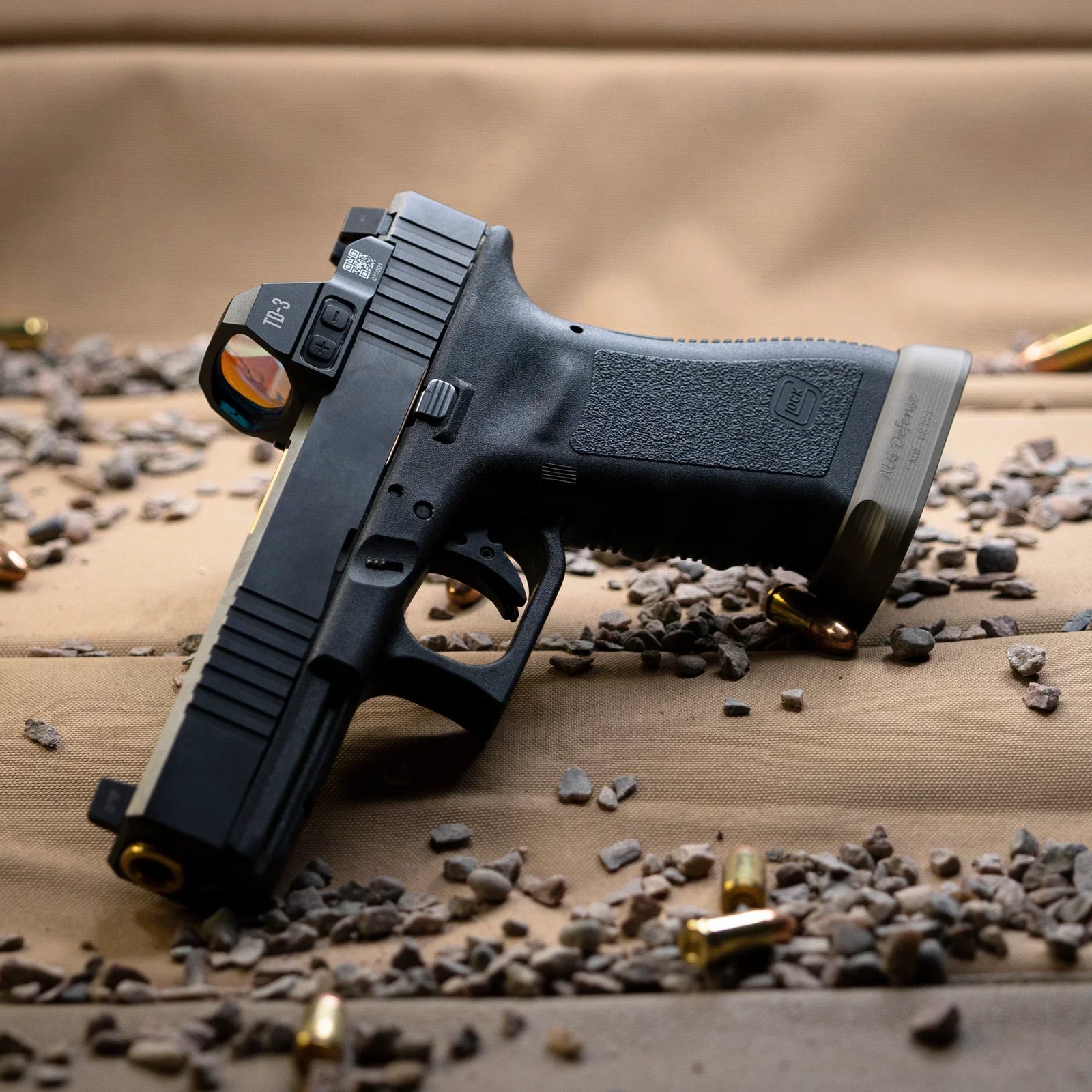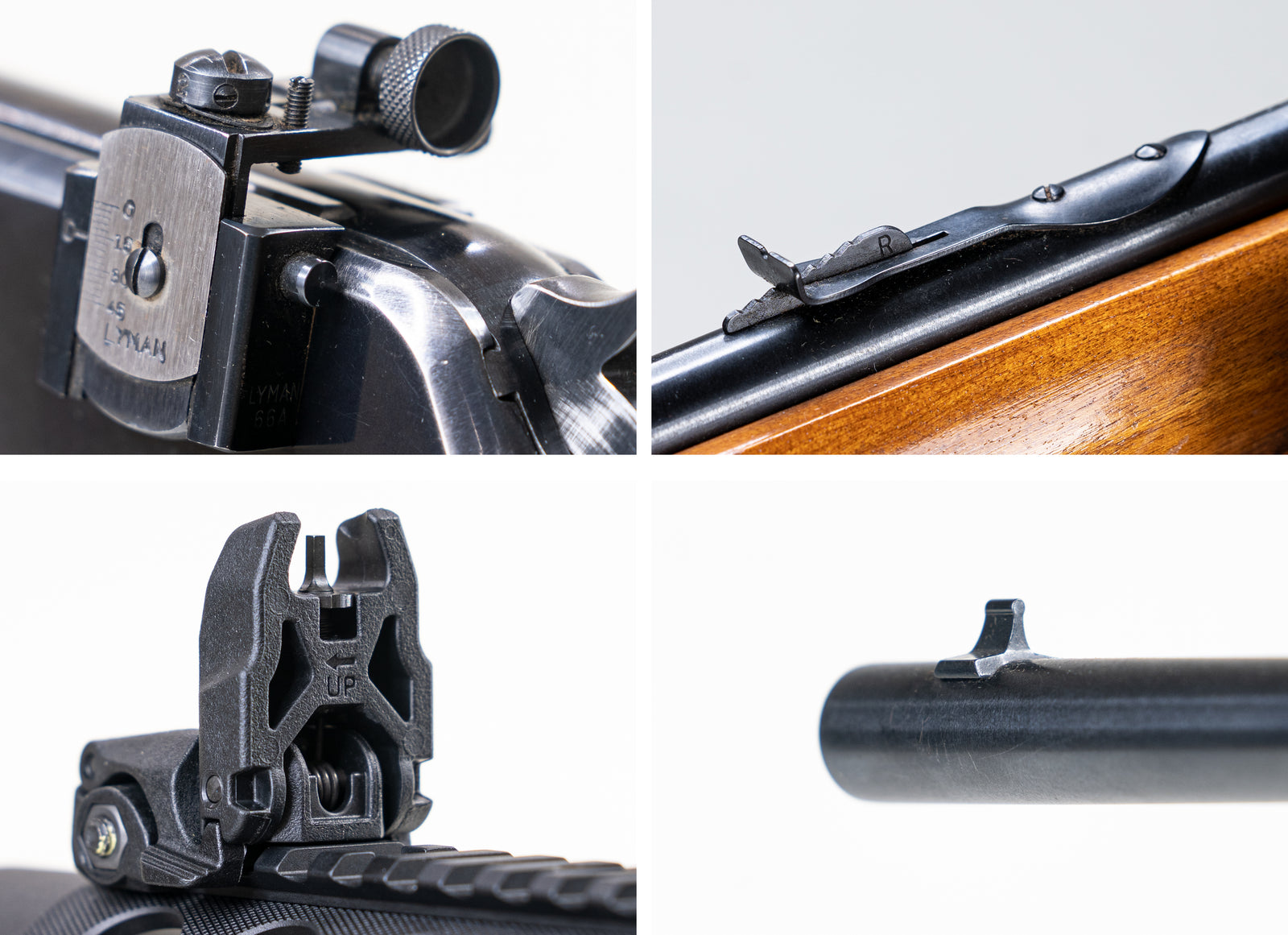If you've ever looked through a spotter scope and watched a bullet cut its way through the air, you've seen Bullet Trace. If you can see it, you can film it, and you can definitely use it for shot review.
Capturing bullet trace is actually pretty easy.
Once you've mounted your camera or phone or what have you to the eyepiece of the spotter scope, you can apply the real trick: Put the spotter scope as 'in line' with the barrel as possible.
Try to position the spotting scope so that it's a few feet behind the shooter, over the right shoulder or left shoulder (if they shoot left handed). Then, try to raise or lower the scope so that it's roughly level with the rifle's line of bore.
Of course, the shooter gets in the way sometimes. We can get pretty close, though. This is one of those times where 'close' is often 'close enough.'
Depending on the weather conditions, it could get even easier. And the farther the bullet travels, the bigger the round, and the faster it moves (especially when supersonic), the more distinctly it stands out.





Douglas Roberts
November 30, 2020
I’ve been telling other shooters ever since I first learned how to see this effect while training to a be sniper in the mid 70s. I told them that they could earn a beer or two by telling other shooters that you could see the bullet going down range. Of course, as this video shows, it is easy to see once you know what you’re looking for. But here’s a more important use, as my partner and I continued to fire at targets at different ranges. We were using at that time a semi-automatic sniper system, the M21, which was a M-14 with a Leatherwood ART1 attached. We found that we could predict the strike of the bullet by recording where the trace could be seen. We focused on the target and then adjusted the focus ring a quarter turn closer. The target was slightly blurry, but the trace could easily be seen. All you had to know was where the trace was when it was dead on. In most cases it’s looks to be right and low of the target sort of like if you pulled the trigger rather than squeezing smoothly. Why is this important? If you can predict a miss and by how much before the bullet arrives on target, with the semi-automatic rifle you can quickly adjust (aim off) your shot and score a hit before the target (if a deer, or a person) is aware that they’re being shot at. Of course this took many hours of practice time with someone who knows how to observe the effect correctly.